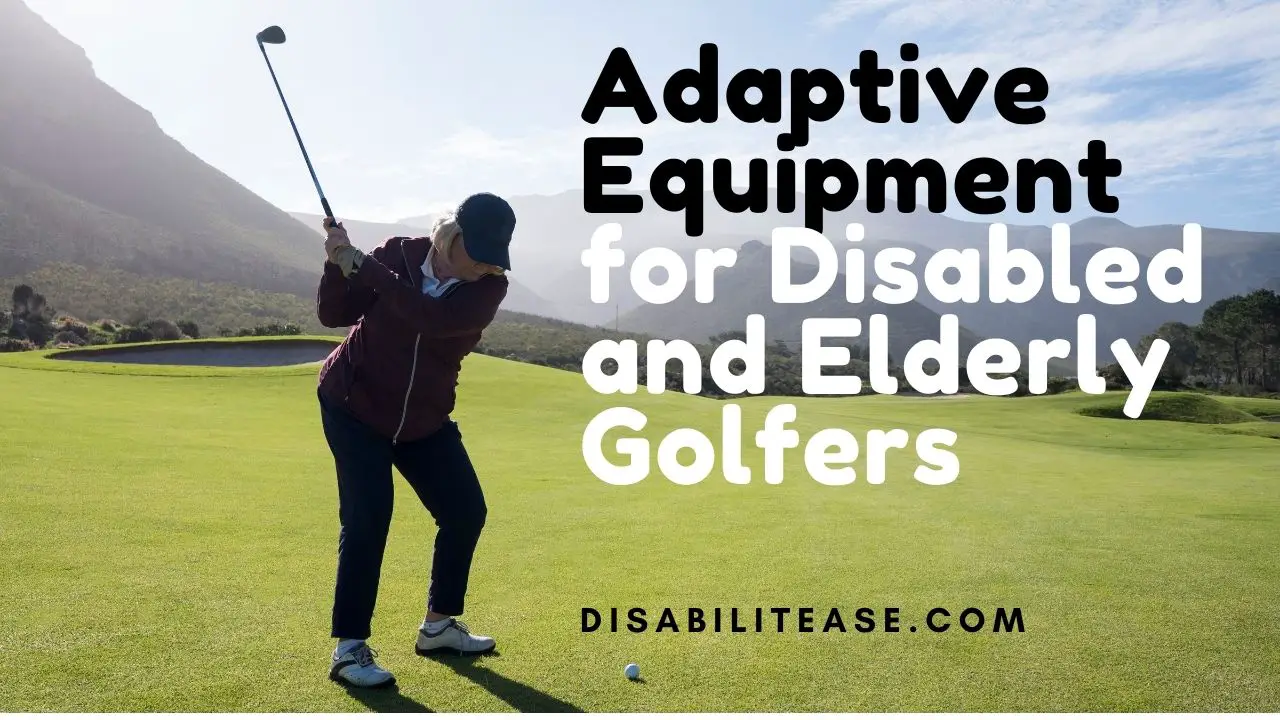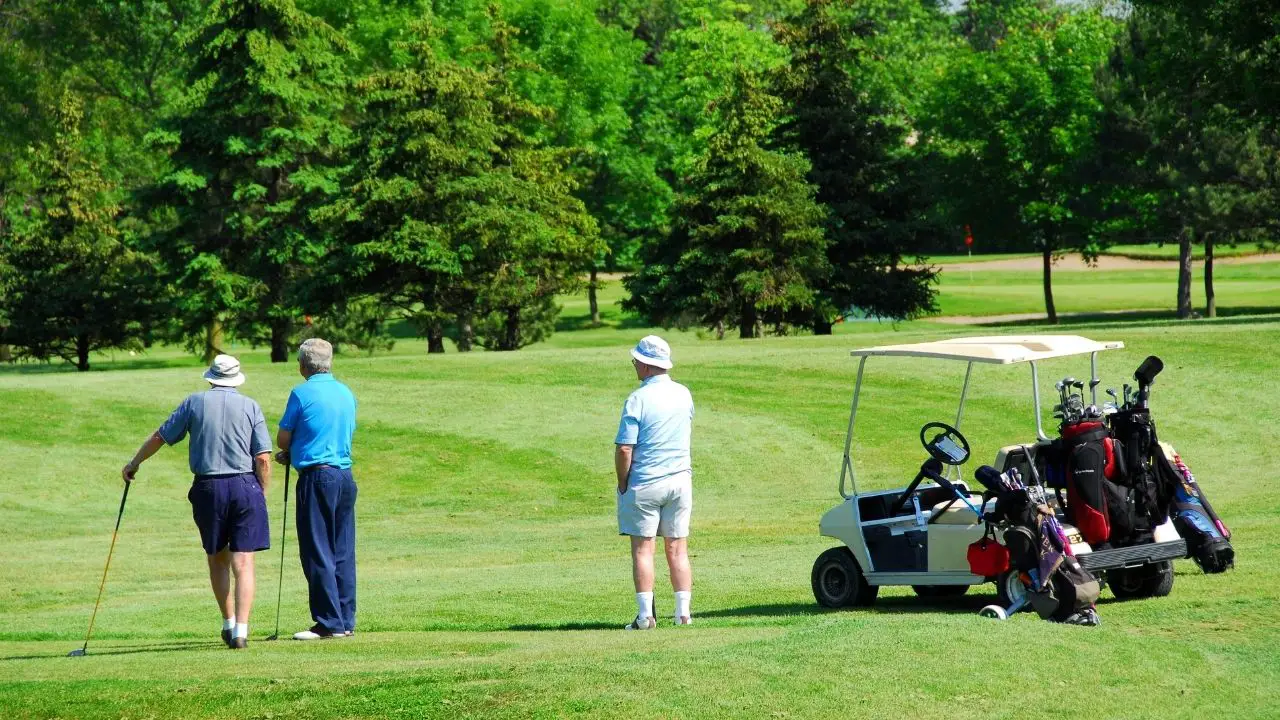Can Arthritis Cause Varicose veins? People often wonder if there is a link between varicose veins and rheumatoid arthritis. Multiple studies have shown that there is a possibility for this.
Here is a related article that might interest you on What Is Non-Erosive Arthritis?
Table of Contents
What are Varicose Veins?
Varicose veins, commonly called spider veins, are a condition when the veins in your body grow swollen, inflated, and clogged with blood. These are visible clearly from the skin as bluish-purple or even red, swollen bag-like veins.

The condition usually causes pain, especially when one of the veins bursts during a sudden flow of blood due to a lack of elasticity.
Varicose veins are pretty widespread in older age, particularly among females. The illness affects almost a quarter of the total adult population in the world and commonly develops in the lower legs.
Causes and Symptoms:
The primary reason behind varicose veins is a rise in blood pressure flowing through the veins due to weaker or broken valves within them. Blood cannot travel backward via veins because them having one-way valves. In case these valves stop working like they are supposed to, blood collects inside the veins instead of flowing into the heart.
Thus, the veins end up widening more than their standard size. The condition mostly has an effect on the legs of the patients since the veins in this part of the body are the farthest from the heart, and due to gravity, it takes more time and effort for blood to move in the upward direction towards it.
Varicose veins are characterized by noticeable, malformed veins that can appear on any part of the body, especially the legs.
Furthermore, you might experience pain, discomfort, swelling, and heaviness around the area surrounding these affected veins. The veins become visibly discolored and swollen, which can even result in profuse bleeding ulcers in extreme situations.
Can Arthritis Cause Varicose Veins?
People often wonder if there is a link between varicose veins and rheumatoid arthritis. Multiple studies have shown that there is a possibility for this.
Rheumatoid arthritis is a type of bone condition that affects the joints. It is a chronic autoimmune illness that is progressive and debilitating. It can result in causing discomfort, swelling, and inflammation around and on any joint of the patient, especially the knees, as well as affecting other limbs and organs.
The hands are generally the first to be affected by the condition, although the feet and knees have higher chances of being affected commonly. This is usually caused in old age; when the lubricating fluid in the joints decreases, thus a more significant strain is placed on the circulatory system, which can result in these swollen veins.

Moreover, since pain in the legs is one of the most common signs of varicose veins, people experiencing knee pain link it wrongly to arthritis and knee diseases.
Nevertheless, arthritis-related joint pain is quite different from the pain and swelling caused by varicose veins. Aside from discomfort, arthritis and varicose veins can have other symptoms in common.
For instance, one common sign shared by both of the conditions is that both of them result in causing severe inflammation, redness, and swelling. This is not to say that all cases of varicose veins are not linked with arthritis since research has shown that the knee condition does cause swollen veins in some cases.
Similarly, not all kinds of varicose veins are caused by rheumatoid arthritis either.
Treatment for Varicose Veins in Arthritis
The varicose veins can be treated appropriately in case the arthritis condition is appropriately controlled. Although both of these conditions have no permanent cure discovered yet, in case these are found to be linked to a patient, the knee disease needs to be controlled first.
Also, you have to check out my post on What Are Arthritis Blood Tests?
Even if the veins are treated successfully, they might reappear sooner or later.
The first course of therapy for varicose veins is pharmaceutical injections. These are intended to increase blood flow and thereby make the veins smaller, allowing their healing at a natural rate.
The second approach uses laser treatments to achieve the same results. The two of these methods for treating swollen veins span over many months and even years; to be completed, the swelling of the veins is reduced.

Hi, my name is Eddie, I am a professional trainer specializing in the elderly population and I’m also a website designer. I love training in the gym, going to the beach, traveling, and having good food.
I combined my love for sport and website designing to make “DisabilitEase” whose purpose is to help elderly and disabled people live a more full and active life, have more fun, and enjoy their unique journey despite any disability.



